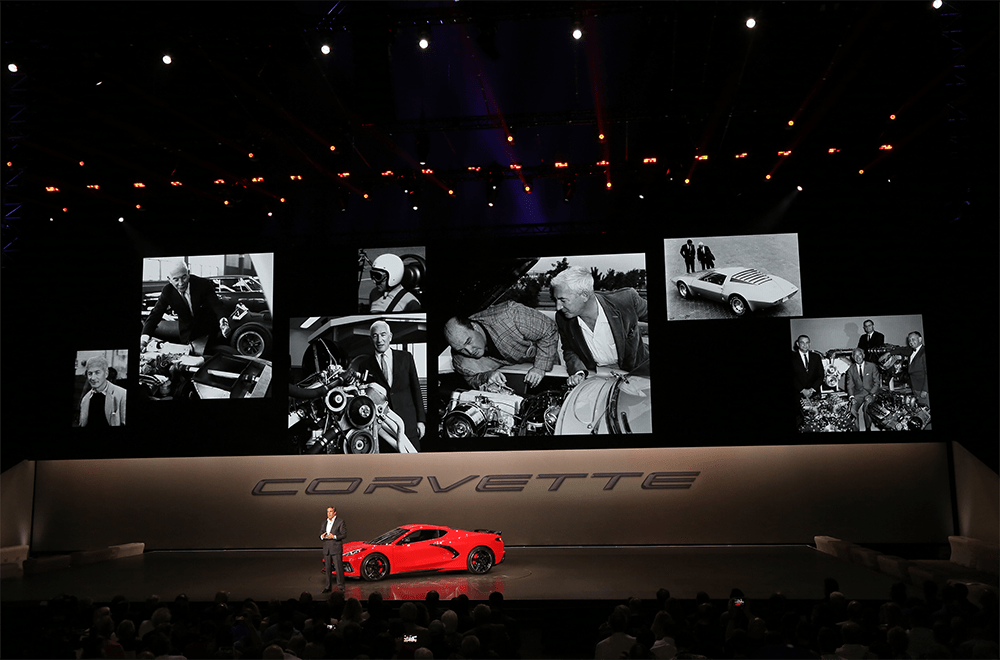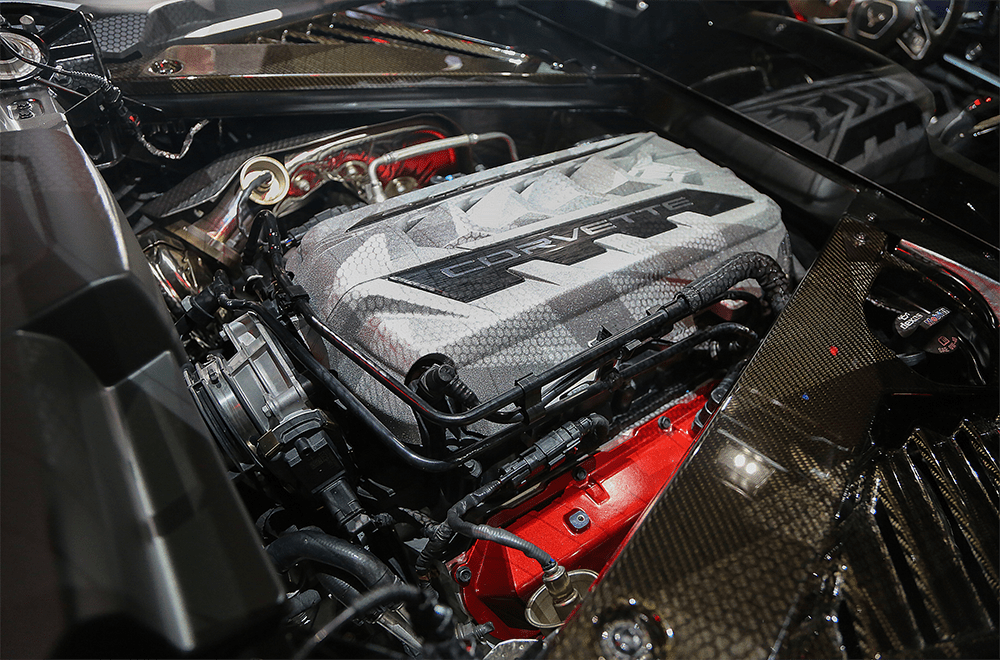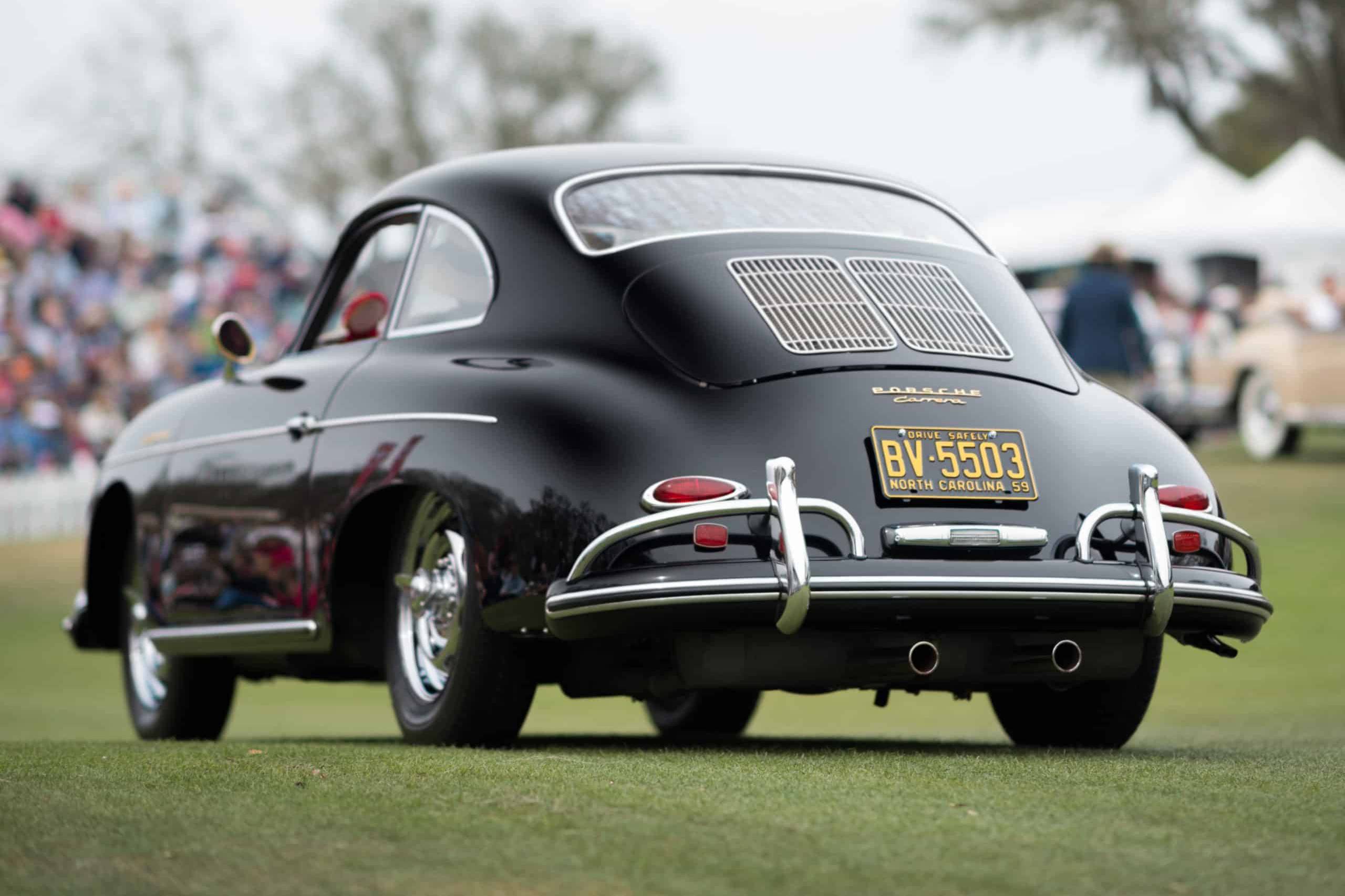
2020 Corvette Stingray
At last, a mid-engine ‘Vette
BY: JOHN LAMM
Chevrolet has teased us with mid-engine Corvettes for decades. Bearing names like Aerovette, XP-895 and CERV I, II and III, they were tantalizing looks at how Chevy could create a rear-engine Corvette. There’s been only one problem: sales of the front-engine model have been strong, so why invest in developing a new model?
But sales numbers have been down every year since 2014, including another 10 percent drop this year alone. And as Corvette sales have weakened, Chevy has reevaluated their strategy. Then of course, there’s the image of the current Corvette buyer. Or as Eric Noble with CarLab told the Los Angeles Times, “The image is of some old white guy with a mustache who’s on his third wife.” Additionally, sport utility vehicles have been replacing sports cars of all brands in the minds of many young buyers.
To counter this, Chevy introduced its new mid-engine 2020 Corvette C8 Stingray. General Motors has so much confidence in this model that it invested $439 million in the car’s Bowling Green, KY factory. This investment gives GM a chance to showcase new technology–from electronics to materials–that will be used in their upcoming electric and autonomous vehicles.

Many new-car announcements cover dozens of features before mentioning price, but this one was different. In a huge blimp hangar in Tustin, CA, the C8 was unveiled to gasps and applause from a large crowd of media, dealers, and Corvette owners. But the loudest applause was saved for the price announcement: the base price of a 2020 Corvette C8 Stingray is under $60,000. Compared to the base price of an equal-performance Porsche, Audi R8, Acura NSX, Mercedes AMG GT, etc. a buyer could afford a second car with the difference!
So, what do you get for $60,000?
For starters, an exciting-looking sports car. The Corvette design is eased rearward, and the cockpit has been moved forward 16.5 inches to create room for the mid-placed engine. As you would expect, the styling is decidedly Corvette, with peaked fenders and recognizable grille and taillights. It’s an updated look, but one that is undoubtedly true to the Corvette tradition.

Next, the engine. Under a glass engine cover is Chevrolet’s new version of the classic small-aluminum block V-8, minus the turbochargers and electric assist. At 6.2 liters, the output is 495 horsepower and 470 lb-ft of torque. Chevy has not announced the 0-60 time for the base engine, but the company claims that the more powerful Z/51 package engine is capable of 0-60 in 3.0 seconds. Most guesses place the top speed at 200mph, and there is plenty of speculation that a twin-turbo option is on the horizon. Power runs via a Tremec 8-speed dual-clutch automatic with no option (at least as yet) for a manual gearbox, which could deter some buyers.
To handle all of this power, Chevy outfitted the new Stingray with coil-over shocks as well as upper/lower A-arms front and rear. By most accounts, the skidpad lateral acceleration is expected to top 1G, and you’ll find both electric steering and brake systems. Perhaps one of the most innovative features is a hydraulic front-axle lift which raises the front end a full 1.6 inches to avoid scraping the nose on driveway entrances or speed bumps. What’s better, the GPS system can be programmed to remember as many as 1,000 of these locations and automatically lifts the front end at speeds up to 24mph.
The new Stingray has a removable targa roof panel that fits in the rear trunk, and Chevy promises the space is large enough to fit two golf bags. The “frunk” (front trunk) has enough room for both an airline carry-on and a laptop bag.

And finally, the cockpit. It is decidedly more driver-oriented than past models, starting with a configurable straight-ahead digital dashboard. With the engine in the middle, Chevy was able to lower the hood considerably, creating unparalleled forward visibility. The electronic transmission range select replaces bulkier transmission levers and allows for a sleek center console that frees up additional interior space. The squared-off steering wheel also serves to improve visibility and includes controls for everything from infotainment to driving settings. Chevy is also offering a wide range of interior trim options: six color themes, six seat belt colors, three stitching options, and three different seat options.
Needless to say, we’re looking forward to our first driving experience in the mid-engine Corvette Stingray. And for the first time, Chevy is building right-hand drive versions, so our friends in Japan, Australia, and the UK will have a chance to experience a Stingray, too.
It will be fascinating to see how the ‘Vette is received. One suspects Corvette enthusiasts are already lining up with deposits in hand, and with good reason. Will this (relatively) low-priced, very quick mid-engine Corvette cut into Porsche sales? Will it be accepted by the Euro supercar fans? Stay tuned. And don’t be surprised to see mid-engine Corvettes on the 2019 grids at tracks like Daytona, Sebring and Le Mans.





